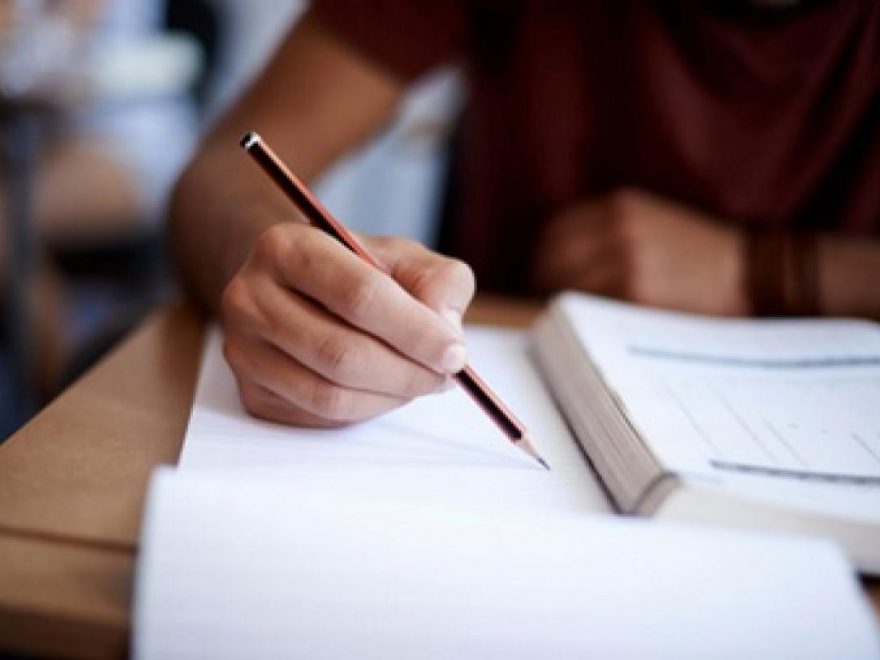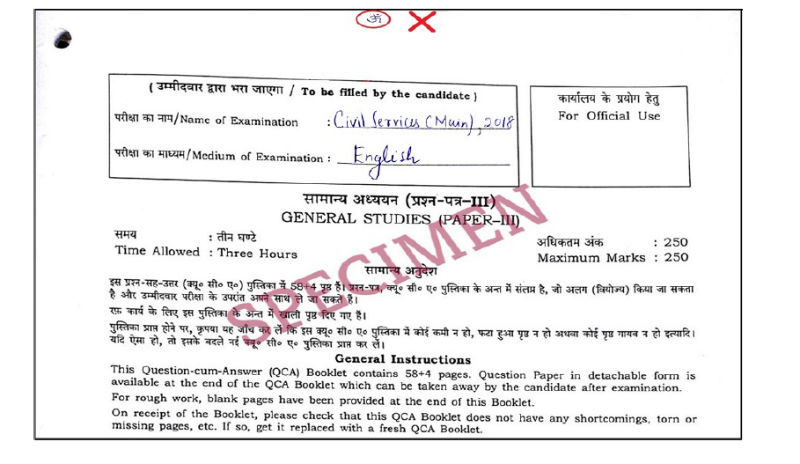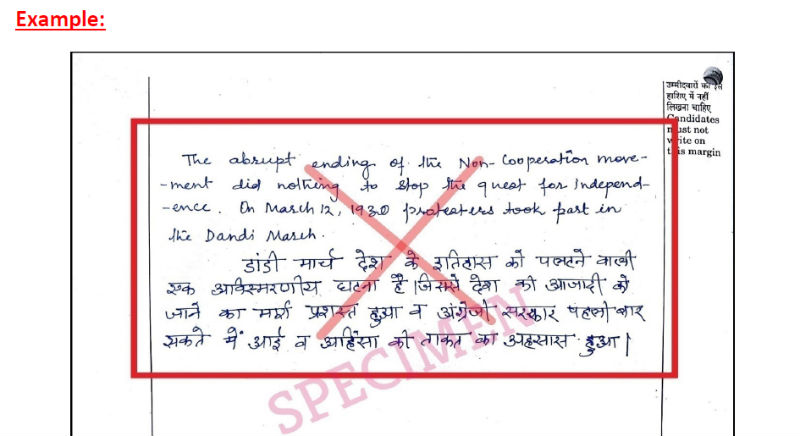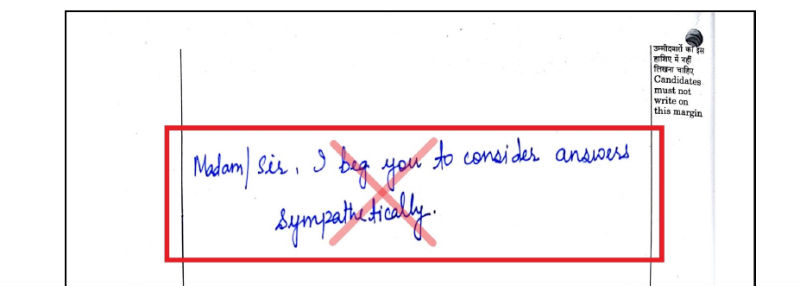The second stage of Civil Service Exam (CSE) that selects candidates for the prestigious Indian Administrative Service (IAS), Indian Foreign Service (IFS), Indian Police Service (IPS) and various other Central Services like the Indian Revenue Services (IRS) and the Indian Railway Service will begin from 20 September 2019.
The Union Public Service Commission (UPSC) that conducts this exam has released a comprehensive list of Do’s and Don’ts for the candidates appearing in this examination.
The 21-page PDF file has been uploaded on the UPSC’s official websitewith a heading ‘General mistakes in Conventional (Descriptive) Papers’. It guides students on how to avoid certain common and some not-so-common mistakes committed by the students in the ‘Mains Exam’.
Some of the mistakes cited in this document are:
1. Writing irrelevant elements in the Question Cum Answer Booklet (QCAB) like an auspicious number, chant, etc. Examples given are the Cross sign, 786 (a sacred number in Islam), Hare Rama Hare Krishna and OM. It is clearly instructed that matter irrelevant to answers should be completely avoided.
2. Candidates are directed not to write anything in QCAB that discloses or may disclose their identity. This includes name, roll number and signature. The identification of the answer sheet is done through a serial number and roll number mentioned on a separate page. Another example given is writing one’s name in a letter-writing exercise in the English language paper.
3. Examinees are advised to refrain from answering in mixed language medium.
4. Answering partly in ink and partly in pencil is also not acceptable.
5. Candidates are instructed not to appeal to the examiner either directly or indirectly. Examples such as these have been cited in the document: “Sir, this is my last attempt” and “Please examine leniently.”
6. Candidates are asked to steer clear of bad and/or illegible handwriting.
7. Violation of any other instructions like writing a different answer on the page where some other question has been asked will not be accepted.
8. Examinees are asked not to indulge in irrelevant sketches, drawings and graphs.
The PDF also includes an example of a correctly filled QCAB’s first page. It also has instructions on the correct way to cancel an attempted answer. Going through these instructions and list of Do’s and Don’ts can be very useful for the students because it has been seen that in spite of their best effort, some students suffer a penalty and are even excluded because of these mistakes.





